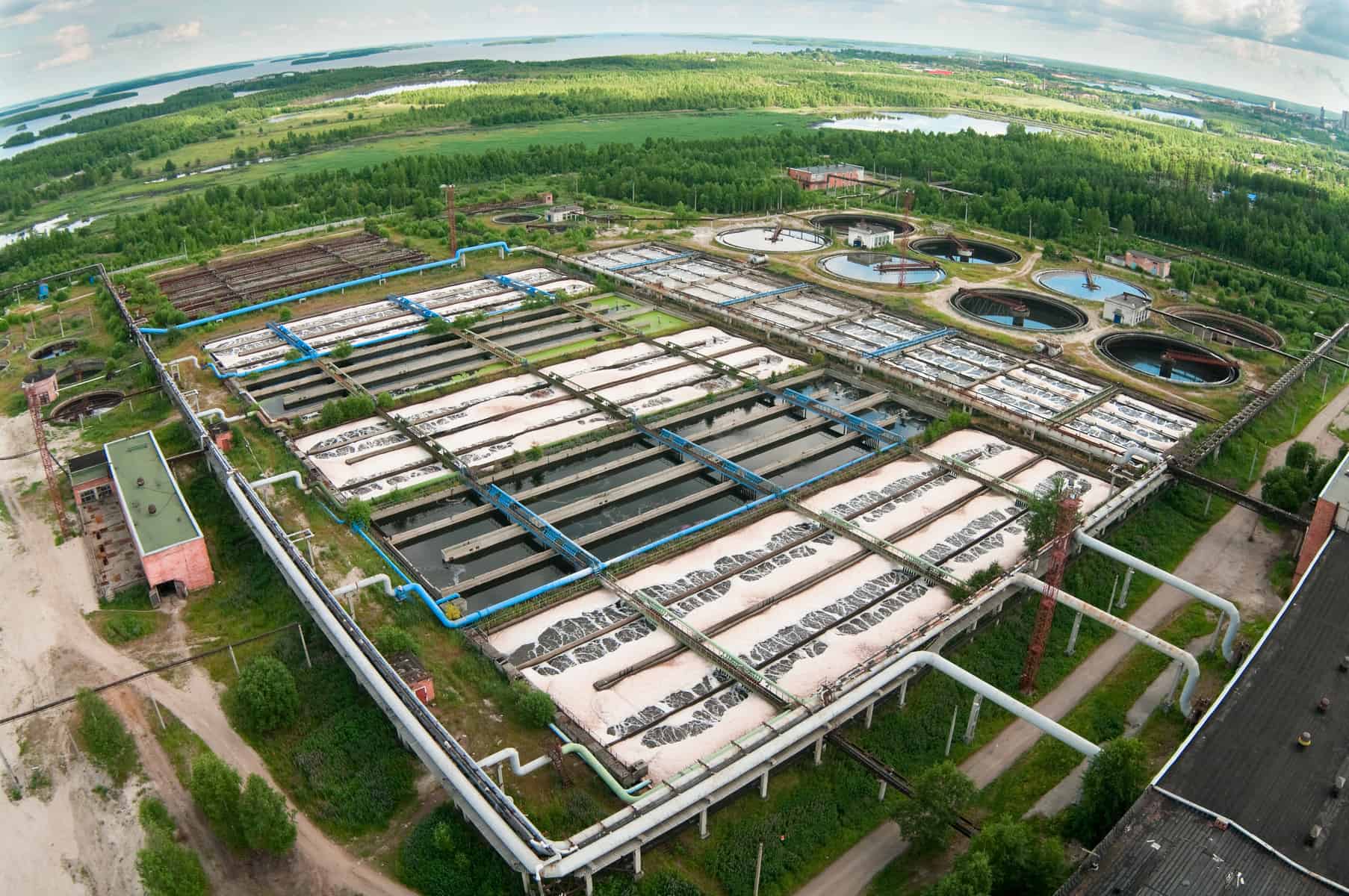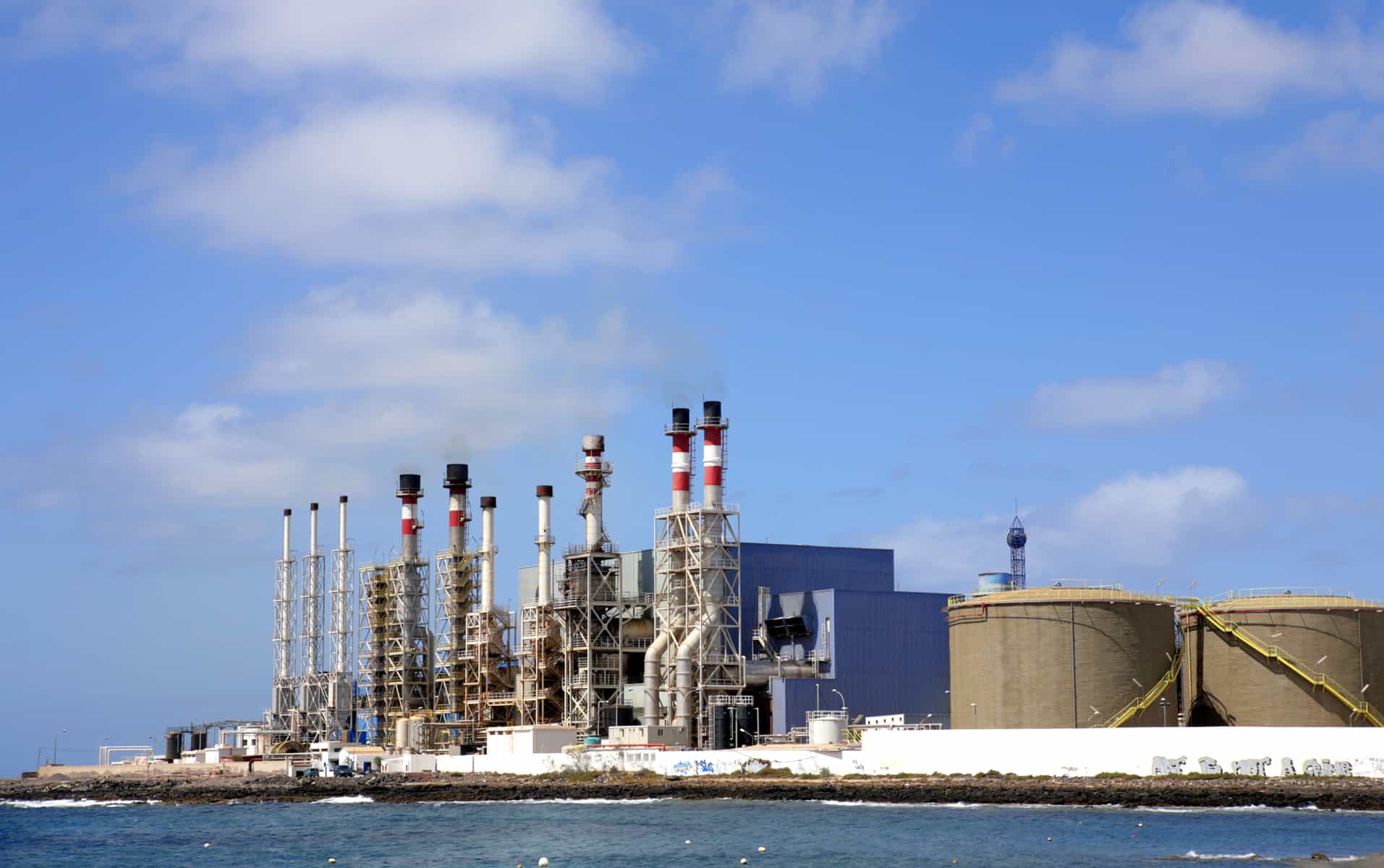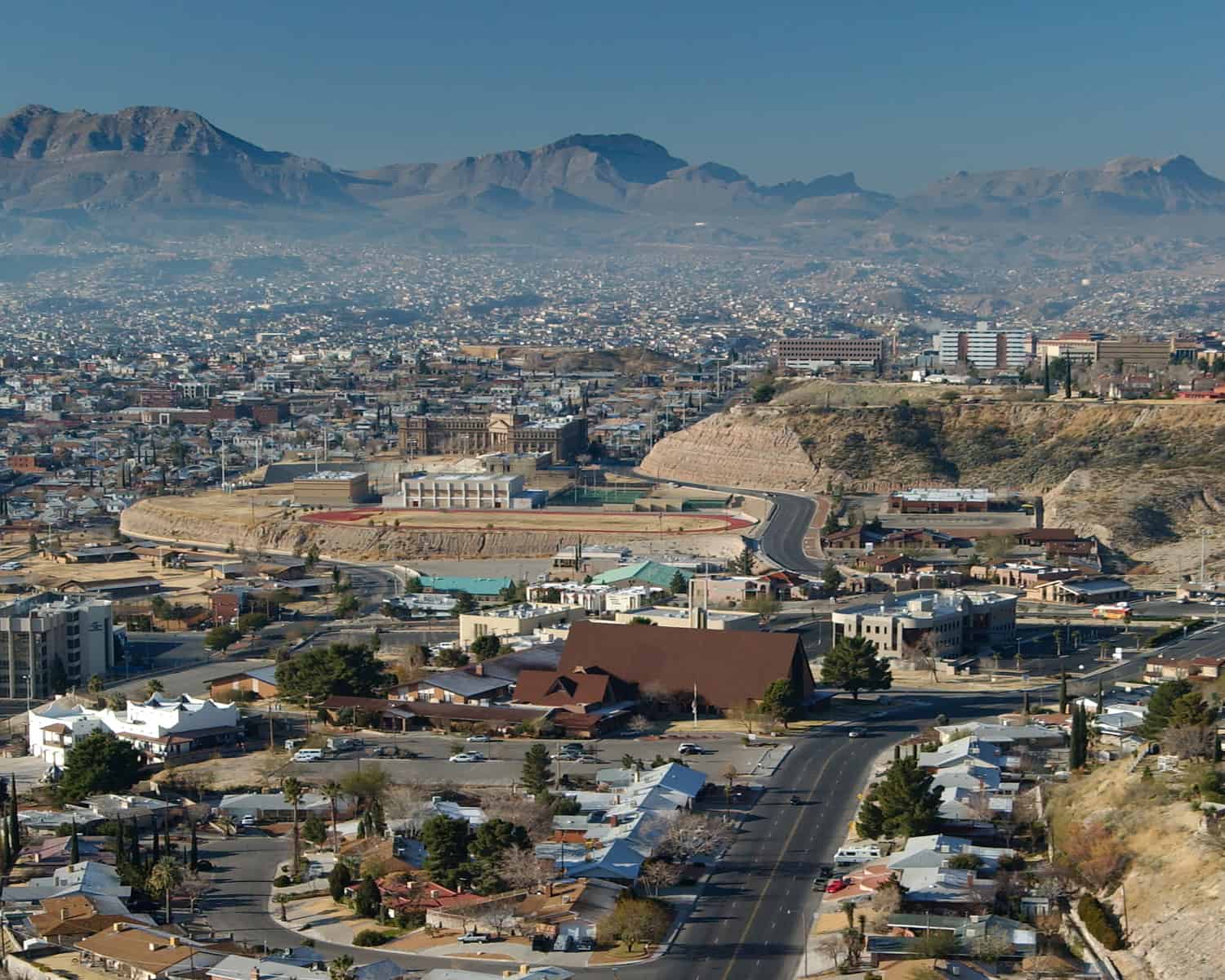The Cold Chain and Food Waste

Food has always been a fundamental part of our lives. Yet the perception we have of food has shifted dramatically in recent years. Before modern energy, dietary habits varied markedly from region to region. Communities had to grow, raise and consume ingredients native to their lands, and they did so strategically to ensure there was always enough to survive year-round. Because of this, people were much more connected to the origin of their meals. Waste was avoided as much as possible, and excess was reserved for those with extreme wealth.
Modern energy changed everything. Agricultural advancements allowed farmers and ranchers to produce food significantly faster. Additionally, the ability to pick, package, freeze, and transport ingredients in a matter of hours meant food could be preserved and enjoyed at a later time. These changes meant regional groceries from around the globe could now be enjoyed by people thousands of miles away. It also meant communities with access to modern technology could relieve themselves of the stress of having their food rot before it was consumed.
The average modern-day consumer, especially those living in cities, considers food a pleasurable part of everyday life. The newfound accessibility we have to international ingredients year-round, coupled with the ability to discover foreign recipes on social media, has given light to a unique food culture. People take pride in having diverse pallets and novel ingredients, fomenting positivity by introducing an air of diversity and cultural acceptance in the culinary world.
However, this special accessibility has simultaneously created an environment where excess is not only common but expected by consumers. The average person nowadays is more likely to understand the cost and calories associated with their food than the energy intensity of the produce, fish, and meats found in their kitchen. The cold chain refers to the process in which our food, from the moment it is caught, picked, or harvested, is packaged and transported in a refrigerated environment until purchased and stored in our home refrigerators and freezers. It is the system we can thank for the easy access we have to the ingredients we love.
However, it is also extremely energy intensive, making it far too easy to underestimate the destructive power of food waste. Freshwater, for example, is the most consumed limited natural resource on the planet. Eighty percent of it is used for agriculture. Despite this, nowadays, we waste an average of 40% of the food we use globally. Perishable foods like fruits and vegetables are wasted at about 50%, while meats and milk are wasted at an average rate of 20%.
Information on how our food is produced and transported is not always transparent. However, by becoming aware of the systems that exist to bring us the meats and produce we enjoy daily, we become better equipped to make the strategic decisions necessary to reduce waste and conserve energy. Thankfully, such an energy-intensive system can also offer many opportunities for energy conservation. The world functions through a system of delicate ecosystems connected by the earth's precious natural resources. Accessibility and convenience are great. However, unchecked excess and waste can be more dangerous than one may think.
Change is always possible and can occur on a personal level through your choices: The type and number of products you buy, what time of year you purchase certain items, and how much you serve in your meals. Change may also happen on an institutional level through laws, regulations, markets, policies, and technologies. No matter the type of change you make, learning about the impact your actions and products have on the environment is the first step.
Resourcefulness is a fantastic resource for anyone looking to learn more about energy, technology, and the environment. So if you are interested in taking the first step to living a more sustainable lifestyle, visit us at Resourcefulness, and don't forget to follow us on Instagram for energy updates, fun facts, event announcements, and more! Also, don't forget to check out Power Trip: The Story of Energy, available on Amazon Prime, Apple TV, and PBS.


